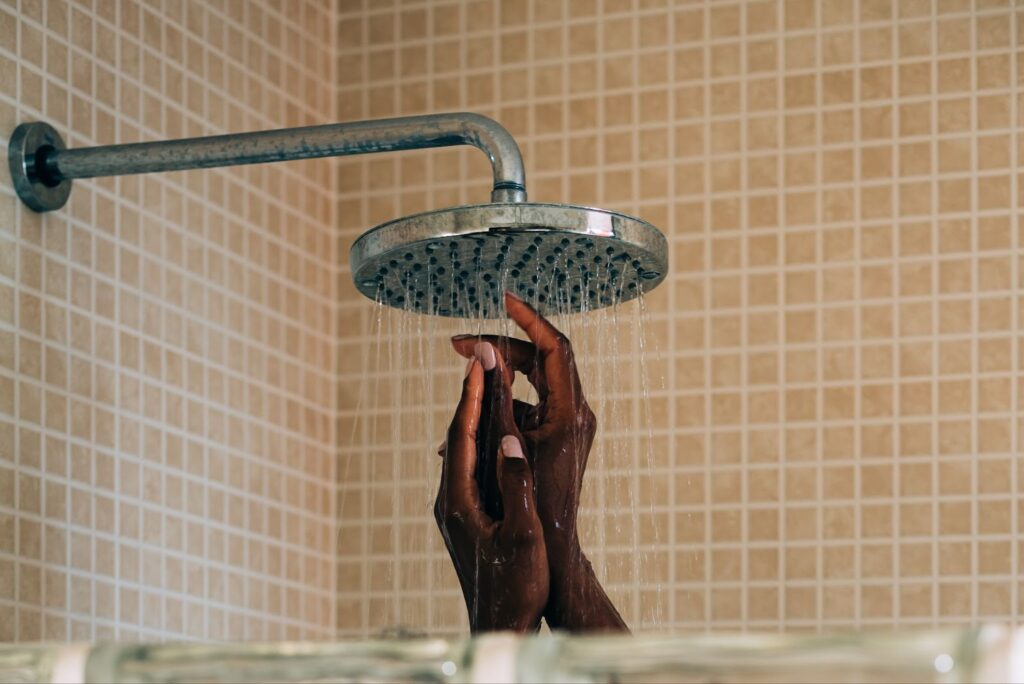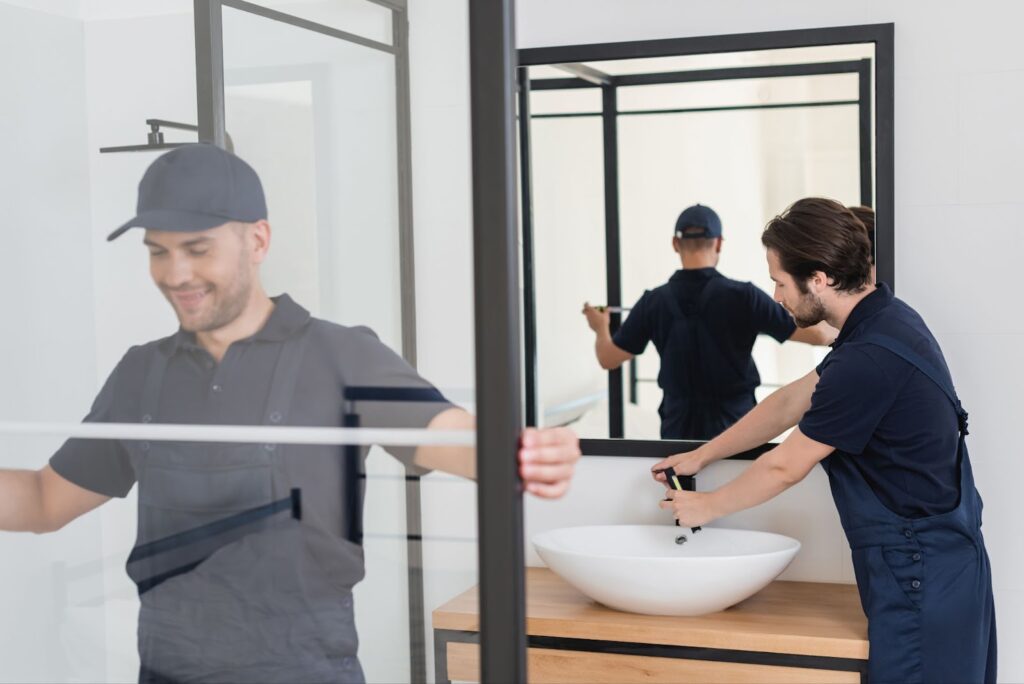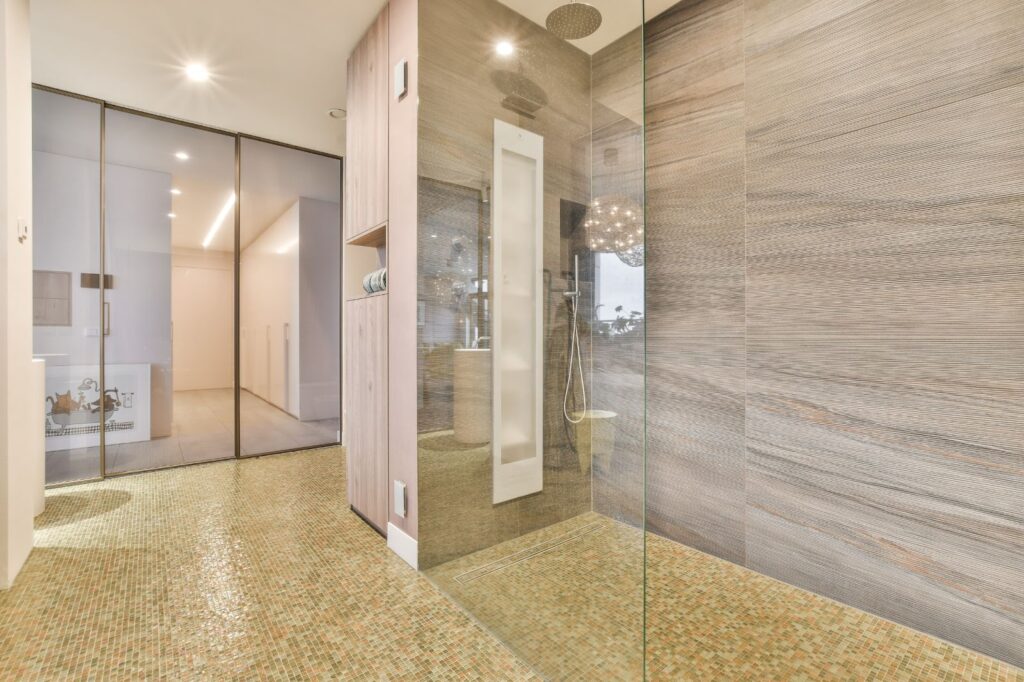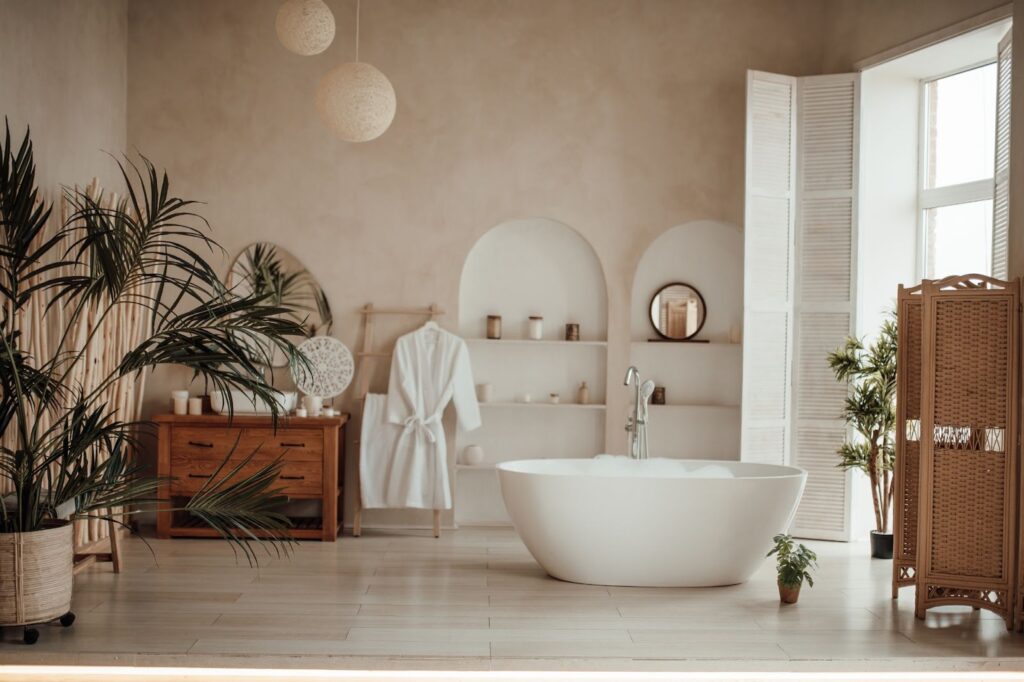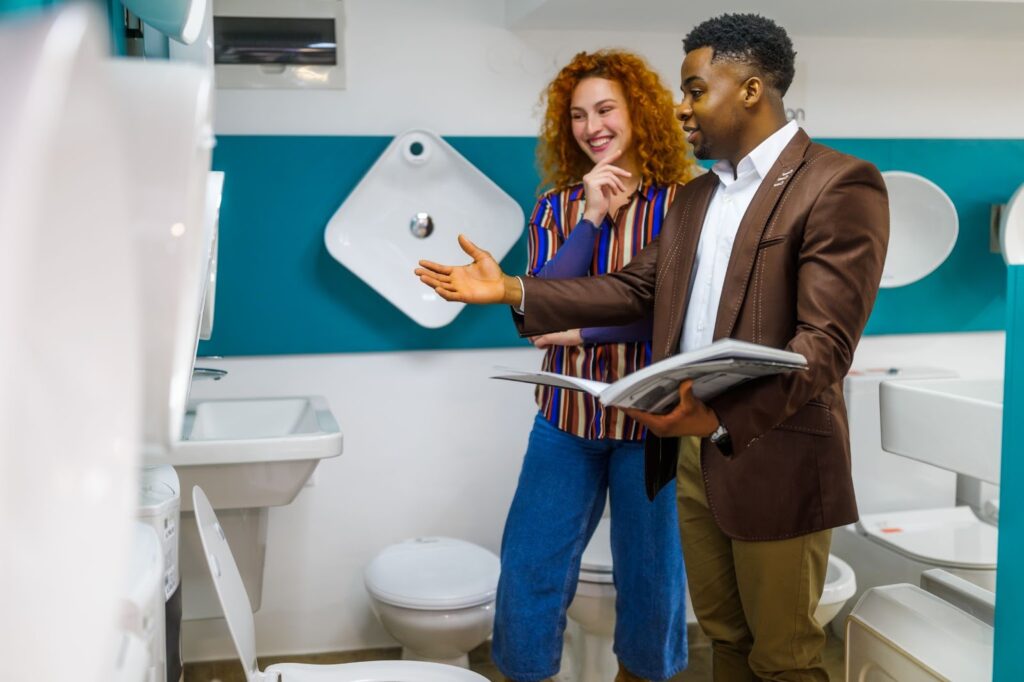As our lifestyles evolve, so do our preferences for home design. One notable trend gaining popularity is the transformation of traditional tub spaces into modern, stylish showers. Tub-to-shower conversions not only enhance the aesthetic appeal of your bathroom but also cater to the practical needs of contemporary living. In this comprehensive guide, we’ll explore the various aspects of tub-to-shower conversions, from design considerations to the installation process, empowering you to create a space that aligns with both functionality and style.
Why Choose a Tub-to-Shower Conversion?
Converting a tub into a shower offers dual benefits of Enhanced Accessibility and Space Optimization. Showers, eliminating the need to step over high tub sides, cater to individuals with mobility concerns and future-proof homes with enhanced convenience and safety. Simultaneously, the streamlined design of a shower maximizes square footage in smaller bathrooms, creating an open and inviting atmosphere that seamlessly blends aesthetics with practicality.
In addition to its functional advantages, the Modern Aesthetics of a shower contribute to a sleek and contemporary look, aligning with current interior design trends. From glass enclosures to luxurious tiles, the variety of design options available in a converted shower elevates the overall aesthetic appeal of the bathroom. Furthermore, the choice of a shower addresses concerns about Efficient Water Usage, promoting conservation and potentially reducing water bills. This eco-friendly approach underscores the harmonious fusion of style and sustainability in the transformation of a bathroom space.
Key Considerations for Tub-to-Shower Conversions
Space Assessment
- Evaluate the available space in your bathroom to determine the feasibility of a tub-to-shower conversion. Consider factors such as the layout, plumbing, and any potential structural adjustments required.
Design Vision
- Define your design vision for the new shower space. Consider the overall aesthetic you want to achieve, from the style of tiles to the type of shower fixtures. This is an opportunity to personalize your bathroom to suit your taste and lifestyle.
Plumbing and Drainage
- Assess the existing plumbing and drainage system to ensure compatibility with the shower installation. Plumbing modifications may be necessary to accommodate the transition from a tub to a shower, so consulting with a professional plumber is advisable.
Ventilation
- Adequate ventilation is crucial in any bathroom, especially in a shower space. Ensure that your bathroom is equipped with proper ventilation systems to prevent issues such as mold and mildew.
Waterproofing
- Since showers involve more direct water exposure than tubs, waterproofing is paramount. Invest in high-quality waterproofing materials to protect the surrounding walls and floor from water damage.
Accessibility Features
- If accessibility is a priority, consider incorporating features such as grab bars, non-slip flooring, and a curbless shower entry. These additions enhance safety and make the space more accommodating for individuals with varying mobility levels.
The Installation Process
Demolition
- The first step in a tub-to-shower conversion is the removal of the existing bathtub. This involves disconnecting plumbing, removing the tub, and addressing any structural adjustments required.
Plumbing Adjustments
- Depending on the design and location of the new shower, plumbing adjustments may be necessary. This includes rerouting water supply lines and ensuring proper drainage for the shower.
Floor and Wall Preparation
Prepare the floor and walls for the shower installation. This involves leveling the floor, addressing any imperfections in the walls, and ensuring a smooth and even surface for the new shower components.
Waterproofing
- Apply a waterproofing membrane to protect the walls and floor from water damage. This is a critical step in ensuring the longevity and durability of the shower space.
Shower Pan Installation
- Install the shower pan, which serves as the base for the shower. This can be a prefabricated pan or a custom-tiled pan, depending on your design preferences.

Tile Installation
Complete the tile installation on the walls and floor of the shower. This is where your design vision comes to life, whether you prefer classic subway tiles, mosaic patterns, or contemporary large-format tiles.
Shower Fixtures and Enclosure
- Install the shower fixtures, including the showerhead, controls, and any additional features such as built-in niches or benches. Choose a suitable enclosure, whether it’s a frameless glass door, a sliding door, or a stylish shower curtain.
Finishing Touches
- Add finishing touches to complete the transformation. This includes sealing grout lines, installing any additional accessories, and ensuring that all elements are properly aligned and functioning.
Maintenance Tips for Your New Shower
To ensure the longevity and pristine condition of your newly converted shower, adopting a proactive maintenance routine is essential. Regular cleaning is fundamental—frequently attend to surfaces, tiles, and fixtures to thwart the accumulation of soap scum, mold, and mildew. Periodically checking and resealing grout lines is equally vital, preventing water infiltration and preserving the waterproofing integrity of the shower. Address any plumbing or fixture issues promptly to avert water damage and guarantee the sustained functionality of your converted shower. Maintaining proper ventilation is a preventive measure against excess moisture, a factor contributing to mold growth. Employ exhaust fans or open windows during showers to facilitate optimal air circulation and ensure a hygienic and enduring shower space.
Invest in a Tub-to-Shower Conversion Today
Embarking on a tub-to-shower conversion is a transformative journey that can breathe new life into your bathroom. By carefully considering design elements, functionality, and the installation process, you can create a shower space that not only meets your practical needs but also reflects your personal style. From enhanced accessibility to efficient water usage and modern aesthetics, a well-executed tub-to-shower conversion can elevate your bathroom experience and add value to your home. So, envision the bathroom of your dreams and embark on the exciting process of transforming your space into a shower oasis.
Check out our Bathrooms By Design, Inc. blog today to learn more about our professional remodeling services in Norton, MA.



